Цахилгаан ачааны машины мэдээ
Do Pure Electric Vehicles Have Engines?
Нийтэлсэн by Цахилгаан ачааны машин
In the modern automotive landscape, the concept of pure electric vehicles has been steadily gaining prominence. These vehicles, which are completely powered by electricity, represent a significant departure from the traditional internal combustion engine – powered vehicles. One of the fundamental questions that often arises regarding pure electric vehicles is whether they have engines. The answer is no. The power system of pure electric vehicles is composed of distinct components, namely battery packs, motors, controllers, and transmissions (in some cases), without the presence of internal combustion engines. Let’s delve deeper into various aspects of pure electric vehicles through some common questions.

If pure electric vehicles don’t have engines, how is their driving force generated?
Pure electric vehicles generate their driving force through a process that is fundamentally different from that of internal combustion engine vehicles. Electrical energy is stored within battery packs, which serve as the energy reservoir for the vehicle. These battery packs are typically made up of multiple cells, each capable of storing a certain amount of electrical charge.
The motors in pure electric vehicles play a crucial role in converting this stored electrical energy into mechanical energy. Motors operate based on the principles of electromagnetism. When an electric current is passed through the motor’s windings, a magnetic field is created. This magnetic field interacts with other magnetic fields within the motor, causing the rotor (the rotating part of the motor) to turn. This rotational motion is then transferred to the wheels of the vehicle, thereby generating the driving force.
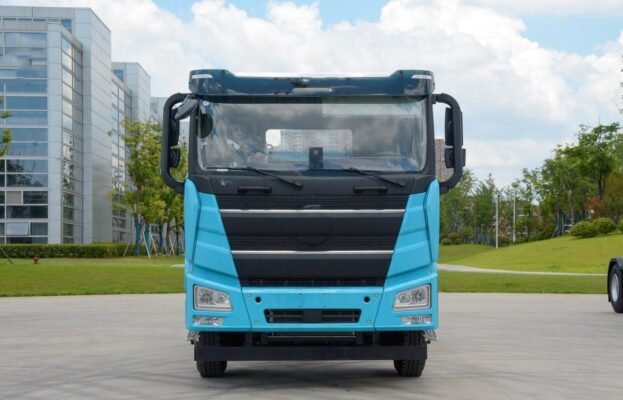
The conversion process in the motor is highly efficient. Дотоод шаталтын хөдөлгүүртэй ялгаатай, which lose a significant amount of energy in the form of heat during the conversion of chemical energy (from fuel) to mechanical energy, electric motors can convert a large proportion of the electrical energy they receive into useful mechanical work. This efficiency is one of the reasons why pure electric vehicles are considered more energy – efficient compared to their traditional counterparts.
Түүнээс гадна, the performance of the motor can be precisely controlled. Modern electric vehicles are equipped with sophisticated control systems that can adjust the amount of electrical current supplied to the motor, thereby varying the speed and torque output. This allows for smooth acceleration and deceleration, as well as the ability to optimize the motor’s performance according to different driving conditions, such as climbing hills or cruising on the highway.
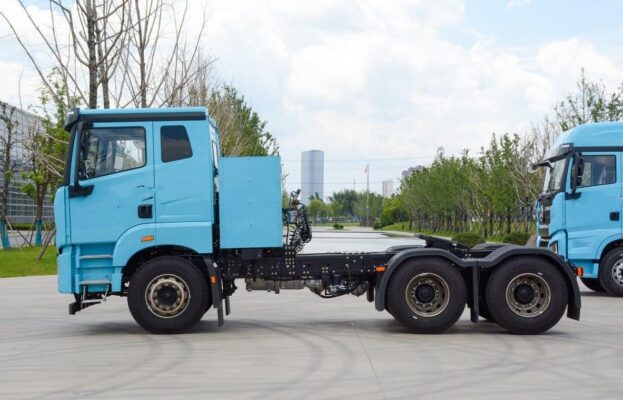
Compared with traditional internal combustion engine vehicles, what are the advantages of pure electric vehicles?
Zero Emissions
One of the most significant advantages of pure electric vehicles is their environmental friendliness in terms of emissions. Since there is no internal combustion engine burning fossil fuels, pure electric vehicles do not produce exhaust emissions. This means that they do not release pollutants such as carbon monoxide, азотын исэл, or particulate matter into the atmosphere. In an era where air quality and environmental protection are of utmost importance, this zero – emission characteristic makes electric vehicles a key player in reducing the overall environmental impact of the transportation sector.
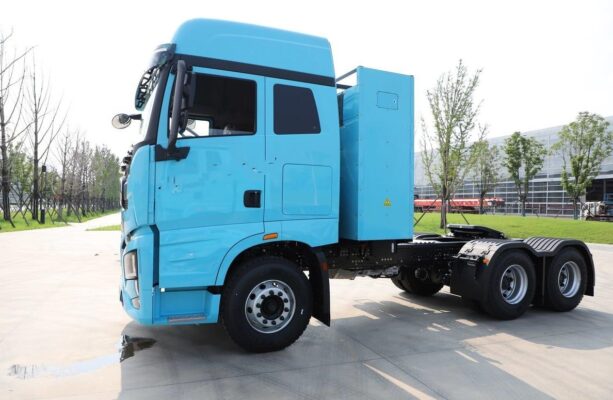
Low Noise
The motors used in electric vehicles produce significantly less noise compared to internal combustion engines. The operation of an internal combustion engine involves a series of noisy processes, including the explosion of fuel – air mixtures, the movement of pistons, and the rotation of various mechanical components. Үүний эсрэгээр, electric motors operate with a much quieter hum. This not only provides a more pleasant driving experience for the occupants of the vehicle but also contributes to reducing noise pollution in urban areas and other environments where vehicles operate.
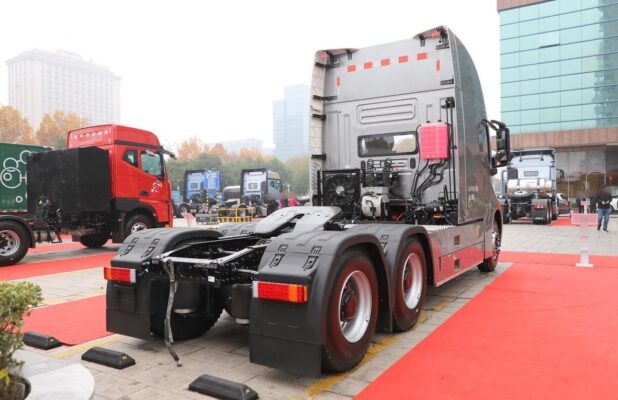
Засвар үйлчилгээ багатай зардал
Pure electric vehicles generally have lower maintenance costs. Internal combustion engines are complex machines with numerous moving parts that are subject to wear and tear. These parts include pistons, valves, camshafts, and crankshafts, among others. Regular maintenance of these components, such as oil changes, filter replacements, and engine tune – ups, can be costly over time.
Үүний эсрэгээр, electric vehicles have fewer parts in their power systems. The absence of an engine and its associated components means that there are fewer parts that can break down or require frequent maintenance. Нэмж хэлэхэд, electric motors are generally more reliable and have a longer lifespan compared to internal combustion engines. While electric vehicles do require some maintenance, such as battery monitoring and occasional replacement (although less frequently than some might think), the overall maintenance requirements are significantly lower, resulting in cost savings for vehicle owners.
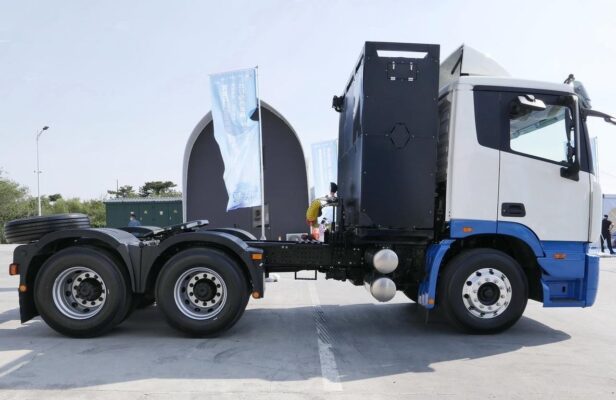
What is the range of pure electric vehicles?
The range of pure electric vehicles is a crucial factor that has been the subject of much research and development. The range depends on several factors, with the capacity and power of the battery packs being the primary determinants.

Battery capacity is measured in kilowatt – hours (кВт.ц) and represents the amount of electrical energy that the battery can store. A higher – capacity battery can store more energy and, therefore, potentially provide a longer range. Гэсэн хэдий ч, the relationship between battery capacity and range is not always straightforward, as other factors such as the vehicle’s weight, aerodynamics, and driving style also play a role.
Power, нөгөө талаар, affects how efficiently the battery energy can be used to drive the vehicle. A more powerful motor may be able to convert the electrical energy into mechanical energy more effectively, but it may also consume more energy at a faster rate, depending on how it is used.
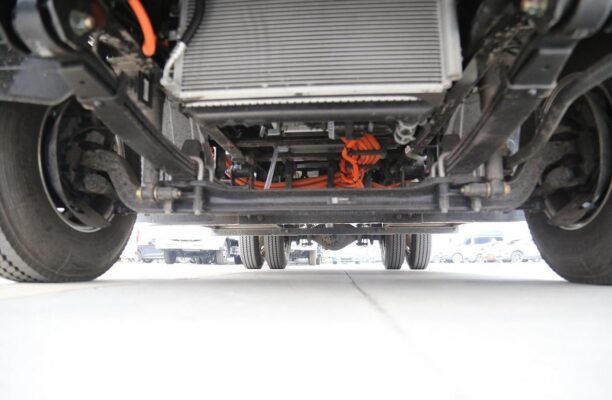
Одоогоор, нэгнийх pure electric vehicles on the market varies widely. At the lower end, some entry – level or older models may have a range of around 200 цалингийн. These vehicles are often suitable for short – distance commuting or local travel. Гэсэн хэдий ч, with advancements in battery technology, many modern electric vehicles can achieve a range of 400 – 600 kilometers or more. Some high – end or long – range models can even reach up to 800 нэг км.
As battery technology continues to progress, we can expect the range of pure electric vehicles to keep increasing. Research efforts are focused on developing batteries with higher energy densities, which would allow for more energy storage in a smaller and lighter package. This would not only increase the range but also improve the overall performance and practicality of electric vehicles.

Is the charging time very long?
The charging time of pure electric vehicles is a topic of great interest and concern for potential buyers. Charging time depends on multiple factors, primarily the power of the charging piles and the battery packs.

Гэр – use charging piles typically have a lower power output compared to public fast – charging stations. With a home – use charging pile, which is often designed for overnight charging, it can generally take 6 нь 8 hours to fully charge the battery packs. This slow – charging method is suitable for daily use when the vehicle is parked at home for an extended period, such as overnight.
At fast – charging stations, the charging time is significantly shorter. These stations are equipped with high – power chargers that can deliver a large amount of electrical energy to the vehicle’s battery in a relatively short time. Depending on the vehicle’s battery capacity and the power of the fast – charging station, it can take about 30 minutes to 1 hour to charge the battery to a significant level, allowing for a reasonable amount of driving range.

Гэсэн хэдий ч, it’s important to note that fast – charging can have some potential drawbacks. Жишээ нь, it may put more stress on the battery, which could potentially affect the battery’s long – term health and lifespan. Нэмж хэлэхэд, not all electric vehicles are compatible with all fast – charging standards, so it’s essential for vehicle owners to be aware of the charging infrastructure and compatibility in their area.
As the demand for electric vehicles grows, the development of charging technology is also accelerating. Newer charging techniques and higher – power chargers are being developed to further reduce the charging time while minimizing the impact on battery health.

What is the price of pure electric vehicles?
The price of pure electric vehicles has been a significant factor influencing their adoption rate. Одоогоор, pure electric vehicles are generally more expensive compared to traditional vehicles. This higher price is mainly attributed to the high cost of battery packs.
Battery technology is still evolving, and the production of high – quality batteries with sufficient capacity and performance requires advanced manufacturing processes and expensive raw materials. These costs are passed on to the consumer, resulting in a higher overall price for the vehicle.
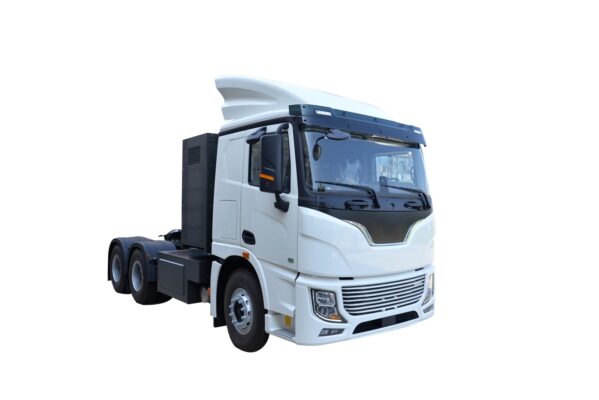
Гэсэн хэдий ч, several factors are contributing to the gradual decrease in the price of pure electric vehicleс. As the electric vehicle market continues to develop and mature, economies of scale are coming into play. With more manufacturers producing electric vehicles and the volume of battery production increasing, the cost per unit is expected to decline.
Цаашлаад, the progress of battery technology is leading to more cost – effective battery solutions. New battery chemistries and manufacturing techniques are being developed that can reduce the cost of battery production without sacrificing performance.

In addition to these market – driven factors, government subsidies and preferential policies also play a role in promoting the popularization of electric vehicles. Many governments around the world offer incentives such as purchase subsidies, tax breaks, or reduced registration fees for electric vehicles. These measures help to offset the higher initial cost and make electric vehicles more affordable for consumers.
Дүгнэж хэлэхэд, pure electric vehicles are emerging as a key part of the future of transportation. Their lack of engines is compensated by a carefully designed power system that offers unique advantages. With zero emissions, low noise, and the potential for lower maintenance costs, they are an attractive option for environmentally – conscious consumers. Although their range and charging time are still areas of development, continuous advancements in battery technology are gradually addressing these concerns. And while their current price may be higher, the combination of market trends and government support is making them more accessible. As technology continues to progress, pure electric vehicles are likely to become mainstream in the future, revolutionizing the way we travel.
